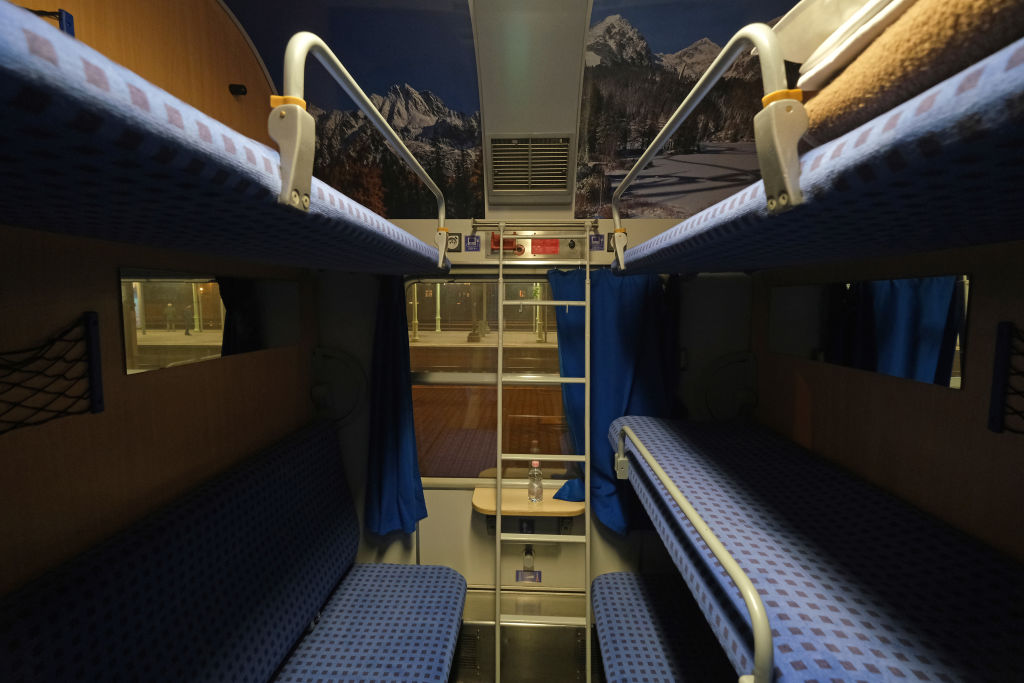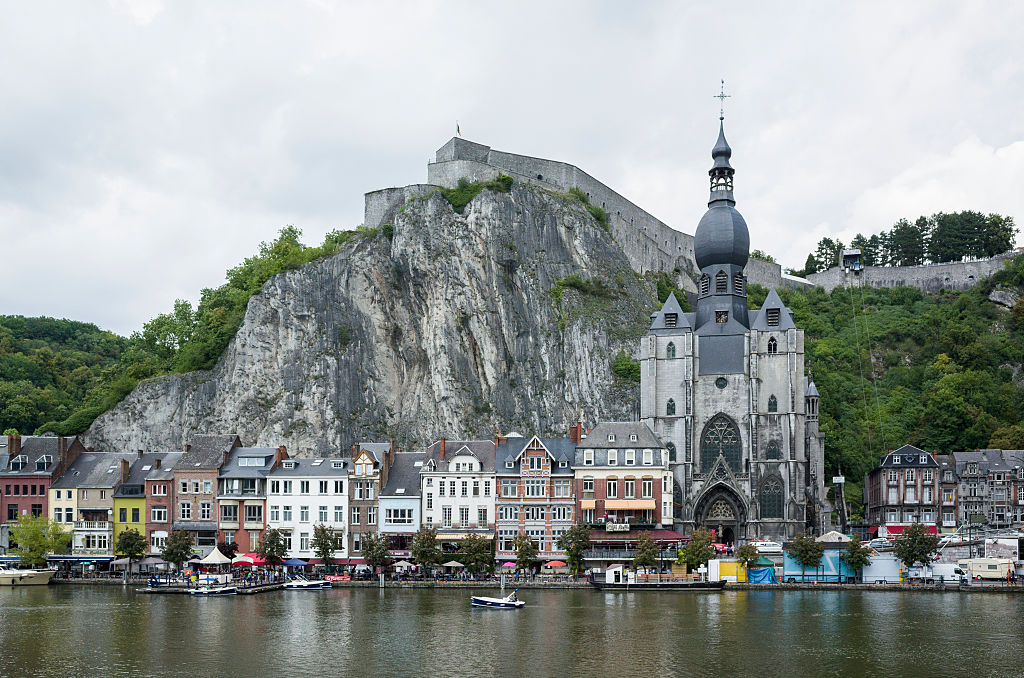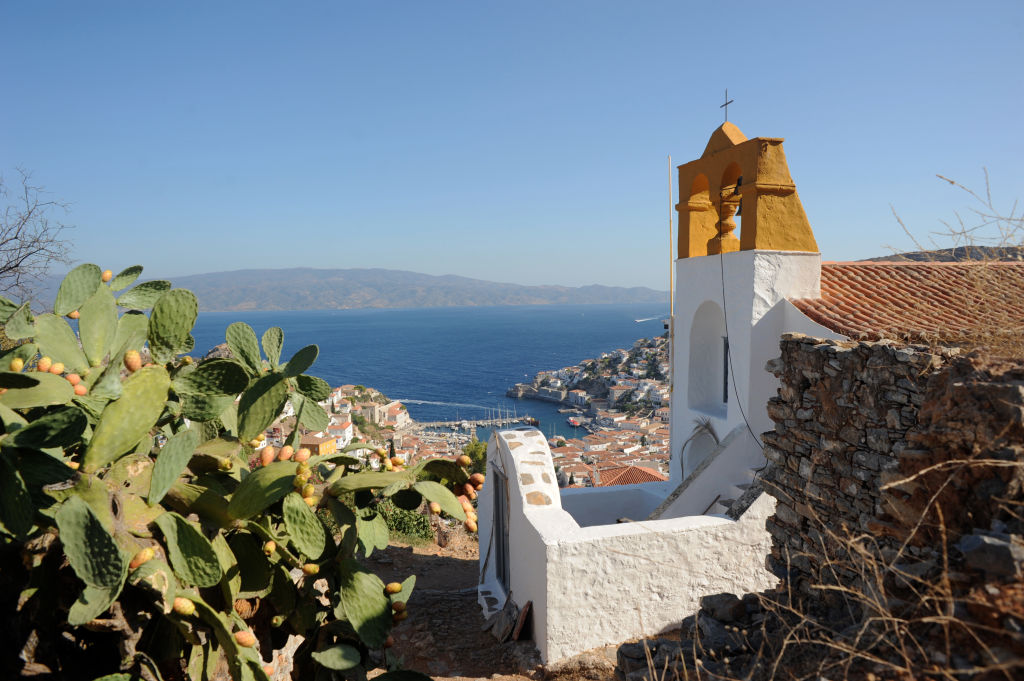Berlin, Germany
Never write off Berlin. This is a city has been through a lot and it knows how to stay true to itself.
Much of Berlin was reduced to rubble by the furious Russians at the end of World War II, and then the city was split in two for nearly 40 years during the Cold War until the Berlin Wall came down at the end of 1989.
But Berlin doesn’t give up. There’s too much of what Anna Funder describes as Berliner Schnauze — or “snout” in her 2003 prize-winning book about life behind the Berlin Wall in communist East Berlin Stasiland.
“It’s attitude: it’s in your face,” Funder says.
Along with the German cities of Bremen and Hamburg, Berlin is one of Germany’s 16 federal states, all of which have their unique appeals.
Admittedly, more recently Berlin has garnered attention—some of it negative—for becoming gentrified and too expensive.
There is some truth to this. The city has changed.
On hip Kastanienalle Strasse and its surrounding streets, you pass American-style burger bars, ramen noodle restaurants, a wine bar, then more wine bars. You hear lots of English spoken, often with an American or Australian accent.
It can take a while to find a bar serving traditional Germanic beverages and food. But they are still there.
You can’t help noticing the ubiquitous “old Berlin” institution that is the “Späti”—the word späte means late in German, with Späti being a sort of nickname play on the word—small grocery shops that typically open late into the night.
Almost all are amply stocked with German beers and often have an outside seating area where people congregate and drink beers selected from the shop fridges bulging with an impressive selection.
Germany produces a lot of good beers that are governed by the Reinheitsgebot—which translates as “purity order”—a series of regulations limiting the ingredients that can go into German beer.
Spätis are often popular spots for locals to meet, and play a role in the local community ecosystem, much like English pubs. If you want to feel like a Berliner, it’s worth stopping off at a Späti or two.
With at least one Späti on almost every street, they also enable a very cost-effective Späti-type pub crawl to explore an area of the city.
Berlin’s relatively relaxed laws around drinking alcohol mean that many people are walking around carrying open beer bottles and drinking on the move. There is a also fair bit of graffiti splashed around—this is hip, arty Berlin after all—but most of the streets feel safe and buzzy.
Walking around the city, you will notice how Berlin manages to mix its 20th-century history with a contemporary edgy alternative scene that, overall, coexists comfortably next to more traditional, family-friendly lifestyles.
On the streets, children are riding bikes behind their peddling parents, taking trams or walking to school amid the pedestrianised morning rush hour.
In Berlin you get a sense that the city caters to everyone: families with children, couples and singles looking to have fun and meet new people.
In addition to visiting former sites where the Berlin Wall used to stand—there are helpful markers and information boards to guide you—the city abounds with museums and art galleries.
Berlin nightlife is famously full-on, and at the weekend people often party the whole way through. The area of Kreuzberg, once one of the poorest areas of West Berlin, is renowned for its lively, youthful and alternative, counterculture scene.
So despite all the changes, because Berlin still tries to retain and balance the old and the new, the German capital remains one the most exciting, liveliest and interesting cities in Europe.





